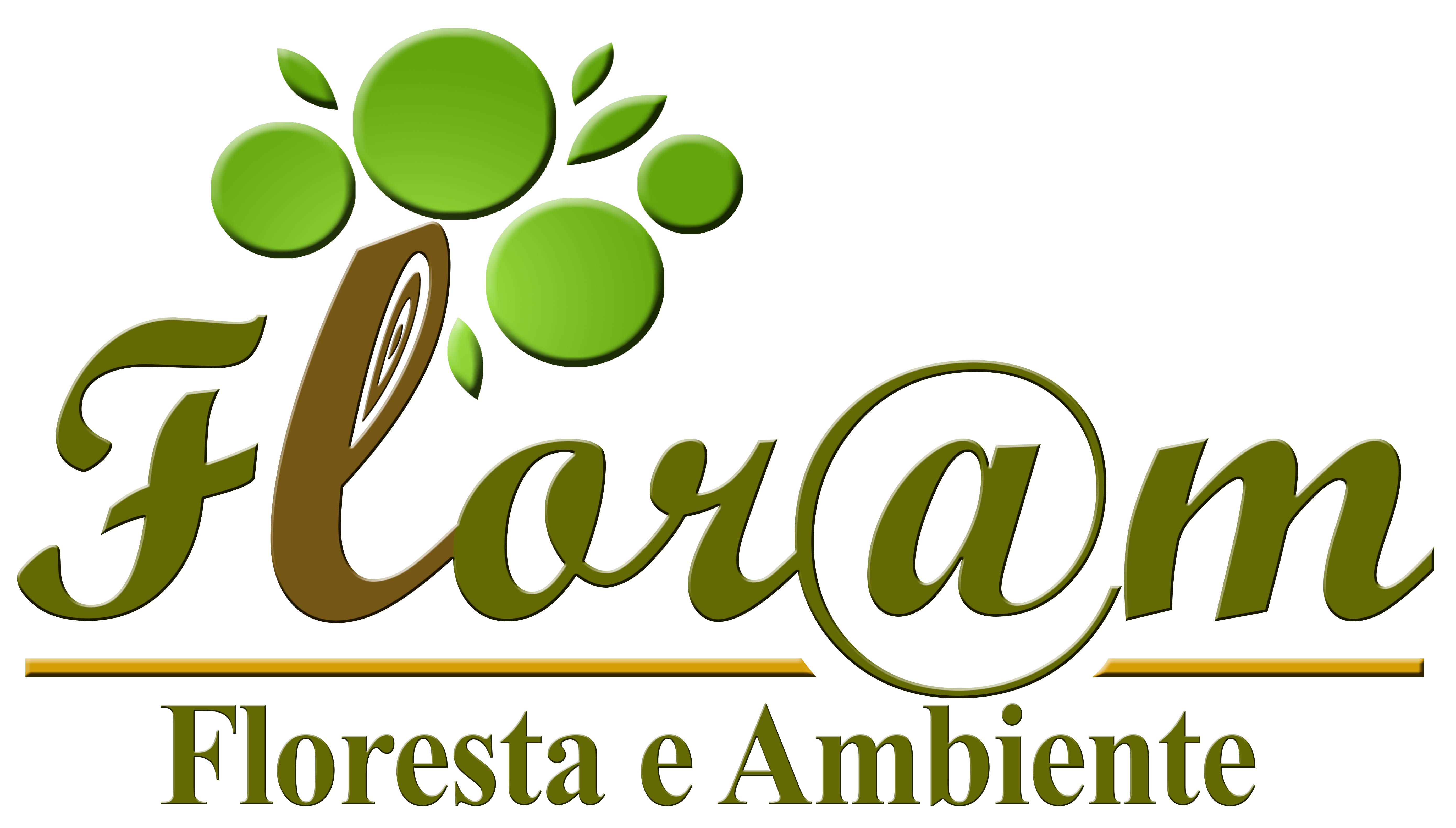Dissolved Air Flotation for Fiber Removal from Clear Water
Bruna Luiza Manago; Carlos Magno de Sousa Vidal; Jeanette Beber de Souza; Ludmila Carvalho Neves; Kelly Geronazzo Martins
Abstract
Keywords
References
American Public Health Association – APHA.
Belosinschi D, Bobu E. Process water of papermaking: model building and characterization.
Ben Y, Dorris GM, Pagé N. Characterization of dissolved air flotation rejects.
Brazilian Technical Association of Pulp and Paper.
Costanzi RN, Daniel LA. Estudo do tratamento de efluentes de uma fábrica de papel para imprimir visando o reuso por flotação e sedimentação.
Di Bernardo L, Centurione PL Fo. Procedimento para execução de ensaios de flotação/filtração em equipamento de bancada.
Di Bernardo L, Dantas ADB, Voltan PEN.
Foelkel C.
Kaya M, Kurama H. The role of flotation in waste recycling/recovery. In: Proceedings of the VIII Balkan Mineral Processing; 1999; Belgrade. Yugoslavia: Björkman; 1999. p. 729-736.
Kuhn D, Puhar EM, Mahony L. The impact of water clarification on deinking systems. In: Recycling Symposium; 1996; New Orleans, United States. Peachtree Corners: TAPPI; 1996. p. 333-337.
Lan X, Liu Y, Lv H, Wang X, Leng J, Du S. Fiber reinforced shape-memory polymer composite and its application in a deployable hinge.
Lima MRA, Reali MAP. Tratamento físico-químico das água residuárias de uma indústria de papel utilizando-se a flotação por ar dissolvido. In: Anais do XIX Congresso Brasileiro de Engenharia Sanitária e Ambiental; 1997; Foz do Iguaçu. São Paulo: ABES; 1997. p. 49-61.
Miranda R, Negro C, Blanco A. Internal treatment of process waters in paper production by dissolved air flotation with newly developed chemicals. 2. Field trials.
Pioltine A, Reali MAP. Emprego de bomba multifásica como unidade geradora de microbolhas de ar em sistema de flotação aplicado ao pré-tratamento de efluente têxtil.
Pires EC, Damianovic MHRZ, Nery VD. Tratamento de águas residuárias industriais. In: Calijuri MC, Cunha DGF.
Quartaroli L, Kuritza JC, Cavallini GS, Vidal CMS, Souza JB. Aplicação de polímeros aniônico e catiônico na flotação por ar dissolvido como forma de pós-tratamento de efluente de indústria de papel e celulose.
Reali MAP.
Sharma R, Chandra S, Singh A, Singh K. Degradation of pulp and paper mill effluents.
Sousa AJCL, Reis C, Reis EL, Silva CM, Almeida A, Moreira GC et al. Remoção de cálcio de efluente de máquina de papel por precipitação/coprecipitação.
Zouboulis A, Tzoupanos N. Alternative cost-effective preparation method of polyaluminium chloride (PAC) coagulant agent: characterization and comparative application for water/wastewater treatment.

